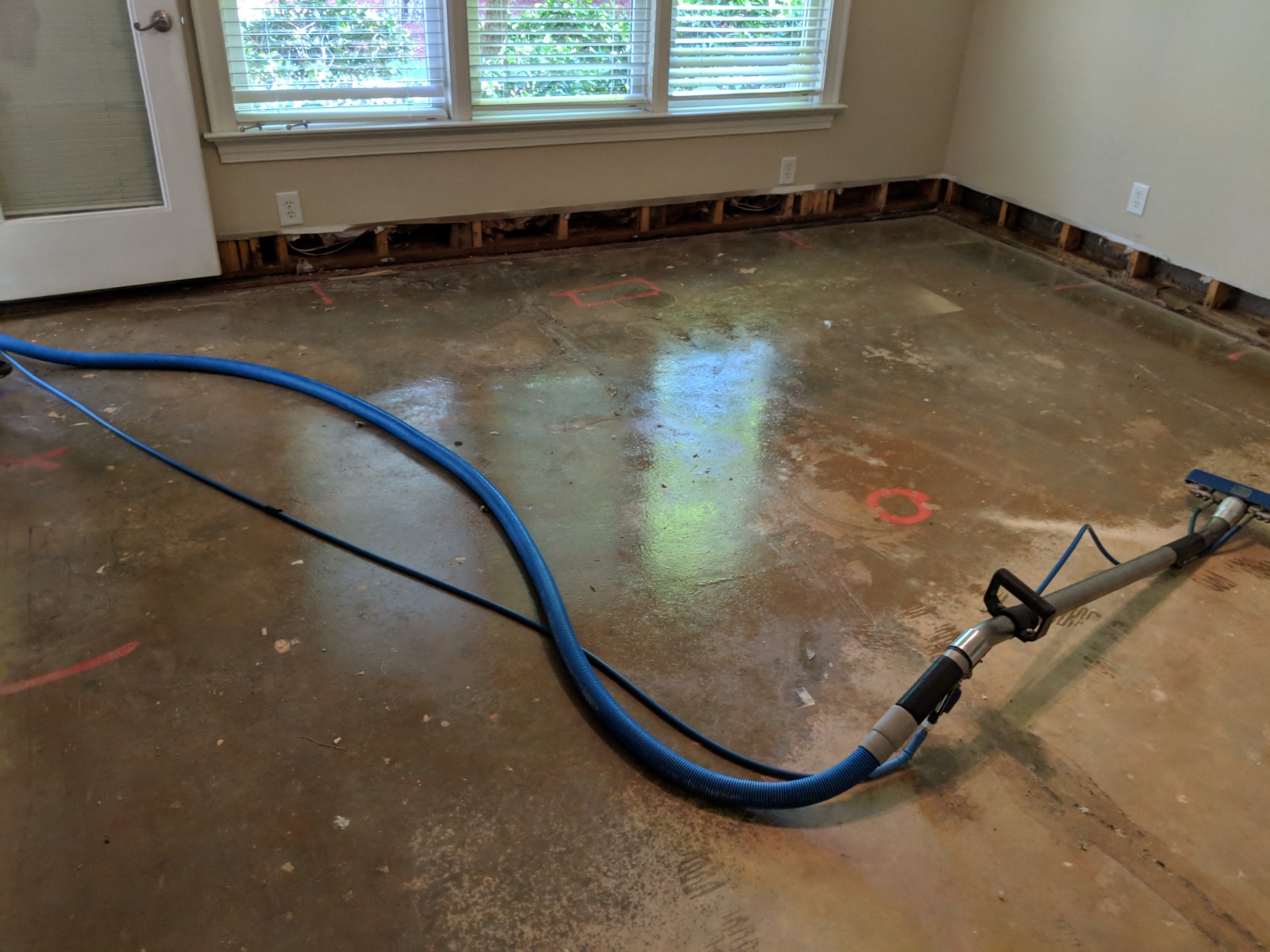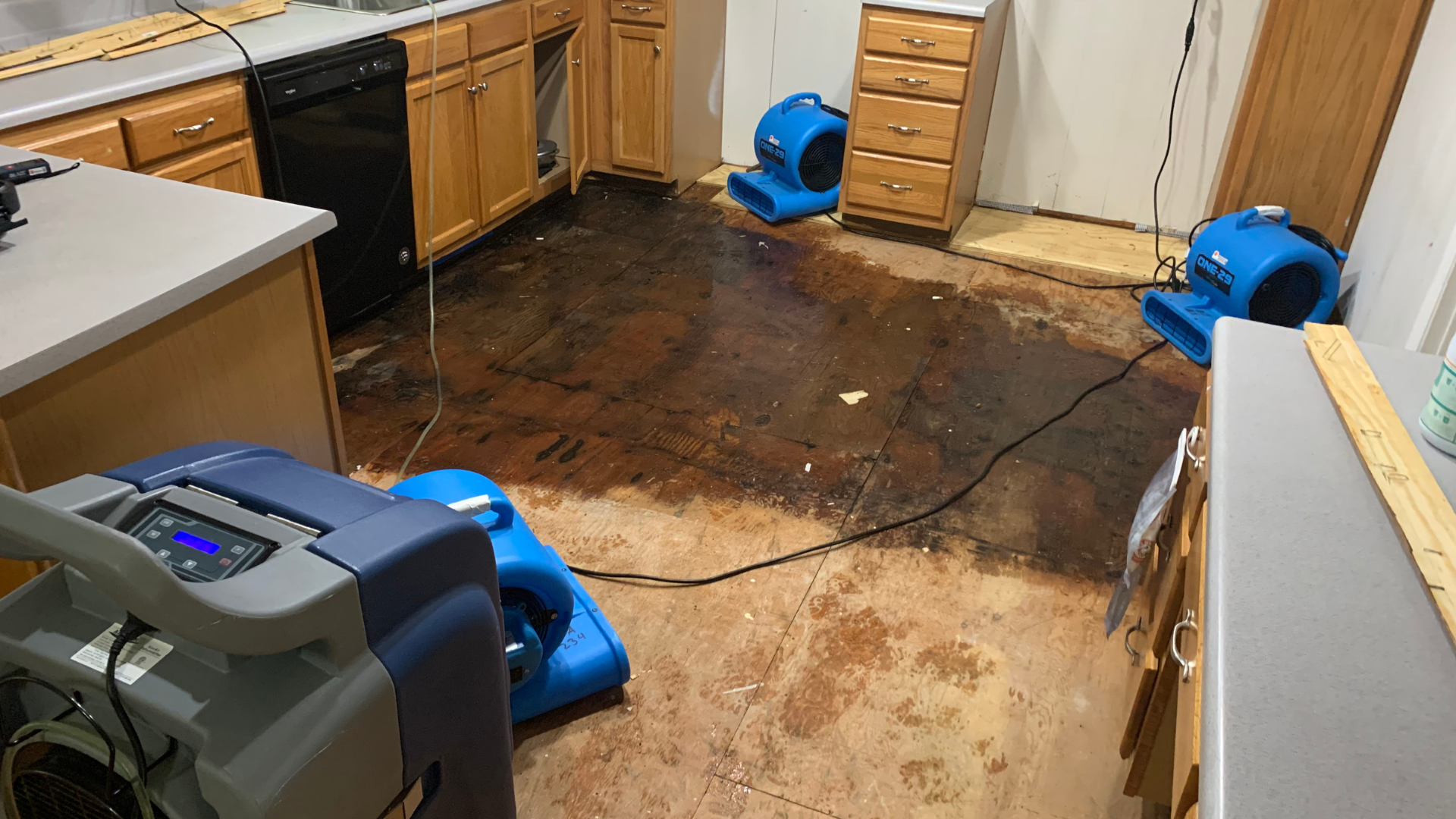Professional Leak Detection Philadelphia: Securing Your Residential Property Versus Water Damage
Emergency Situation Water Damage Reconstruction: Swift Response to Lessen More Damage
Water damage can strike all of a sudden and leave destructive impacts on homes and organizations. When confronted with such a scenario, a swift reaction is vital to minimize further damage and stop potential carcinogen. However exactly what does emergency situation water damages restoration entail? In this conversation, we will certainly look into the value of prompt activity, the assessment process, the steps entailed in water extraction and drying, mold prevention and removal, and inevitably, the reconstruction of the affected location. By comprehending the necessity and thorough nature of this procedure, you will certainly get beneficial understandings right into just how specialists deal with emergency situation water damages, making certain a swift and effective response.
Relevance of Swift Action
Swift response is of utmost relevance in water damages repair to reduce further damages and alleviate prospective threats. The longer water rests in a building, the even more damages it can cause.
Among the primary reasons speedy reaction is important in water damage reconstruction is to stop the development of mold and mold. Mold and mildew can begin to grow within 24 to 2 days of water exposure, and as soon as it takes hold, it can spread out quickly throughout the damaged area. Mold and mildew not only creates further damages to the structure of the structure however additionally positions wellness dangers to occupants. By reacting swiftly, professionals can extensively dry out the area and hinder the growth of mold and mildew, lessening the need for considerable remediation and making certain the safety of those involved.
In addition, a timely action can aid salvage and bring back useful personal belongings and properties - mold inspection philadelphia. Water damages can be ruining, especially when it affects personal products of nostalgic or financial worth. Performing swiftly allows professionals to assess the damage and implement appropriate restoration techniques to salvage as much as possible. This not only helps to minimize financial losses but also brings comfort to those influenced.
Analyzing the Degree of Damage

Throughout the analysis, reconstruction specialists extensively check out the damaged location to recognize noticeable indications of damage, such as water discolorations, deformed products, and mold and mildew development. They additionally make use of customized tools to identify hidden damages, such as dampness meters and thermal imaging electronic cameras. This thorough analysis permits them to properly establish the level of the damages and create a tailored repair plan.
Evaluating the extent of water damages is essential due to the fact that it assists experts prioritize their efforts. They can recognize areas that require prompt focus, such as standing water removal and drying, to prevent more damage and lessen the risk of mold development. They can likewise identify the areas that require fixings or replacement, ensuring that no damages goes unnoticed or unattended.

Water Removal and Drying Process
The water extraction and drying out process is an essential action in water damage reconstruction, as it entails the removal of excess water and the comprehensive drying out of the afflicted area to avoid more damage and minimize the danger of mold development. After evaluating the extent of the water damages, the next action is to extract the water from the damaged area. This is typically done making use of specialized devices such as vacuums, pumps, and dehumidifiers. These devices are created to efficiently and successfully remove water from different surfaces, including wall surfaces, carpets, and floorings.
This step is necessary in preventing secondary damage, such as structural damage and the growth of mold and mold. The drying out procedure may take several days, depending on the extent of the water damage and the materials involved.
It is very important to make certain that the damaged area is totally dry before proceeding with any type of fixings or repair. Failing to extensively dry out the location can bring about long-term issues, consisting of weakened structures, moldy odors, and the growth of mold and mildew. Professional water damage reconstruction firms utilize wetness detection equipment to ensure that the afflicted location is entirely dry prior to proceeding to the next action.
Mold Prevention and Removal
Efficient mold and mildew avoidance and removal are crucial in water damages remediation to ensure the safety and security and stability of the affected location. leak detection philadelphia. When water damage takes place, whether from a burst pipeline, flooding, or a leaky roof covering, it produces an ideal setting for mold development. Mold and mildew can start to create within 24 to two days after water damages, and if left untreated, it can spread out recommended you read rapidly and trigger significant health and wellness threats
To avoid mold and mildew growth, it is crucial to deal with water damages promptly. The very first step is to identify and repair the resource of the water breach. Once the source is dealt with, the affected area must be thoroughly dried to stop moisture from remaining. This might involve the usage of dehumidifiers, air movers, and other customized equipment to eliminate excess wetness from the air and surface areas.
In instances where mold and mildew growth has currently taken place, removal is necessary to eliminate the mold and avoid its return. This entails the careful removal and disposal of afflicted products, such as drywall or carpeting, to ensure that all traces of mold are eradicated. It is crucial to keep in mind that mold and mildew removal should be accomplished by experts that have the needed training look at here now and tools to securely deal with and eliminate mold.
Recovering the Affected Location

To start with, it is vital to extensively dry the area to avoid any additional damages and to inhibit the development of mold and mildew and mildew. This might involve making use of specialized drying out equipment, such as dehumidifiers and industrial-grade fans, to eliminate all dampness from the damaged surfaces.
When the location is completely dry, the remediation procedure can start. This may entail repairing or changing harmed architectural components, such as ceiling, floor covering, or drywall tiles. It is vital to address any underlying problems that might have caused the water damage, such as dripping pipelines or malfunctioning plumbing, to avoid future events.
Additionally, restoring the affected location might likewise include painting wall surfaces, replacing damaged components, and completely cleaning and sanitizing the room. This makes certain that not just is the area structurally sound, yet it is additionally visually pleasing and safe for tenancy.
Verdict
Finally, quick response is crucial in decreasing more damage caused review by water emergency situations. Examining the degree of damages enables for efficient water removal and drying out procedures to be executed. Additionally, mold and mildew prevention and removal are important in recovering the afflicted location. Generally, timely activity and extensive restoration procedures are essential to minimizing the negative influences of water damage.
Swift response is of utmost value in water damages remediation to decrease further damages and minimize prospective threats.Throughout the assessment, repair specialists thoroughly take a look at the damaged location to identify visible indications of damages, such as water stains, distorted products, and mold and mildew growth.The water extraction and drying process is an essential action in water damage remediation, as it includes the removal of excess water and the comprehensive drying out of the damaged location to avoid additional damages and mitigate the risk of mold development. After examining the extent of the water damage, the next step is to draw out the water from the damaged location.Effective mold prevention and remediation are important in water damage reconstruction to ensure the safety and integrity of the afflicted location.